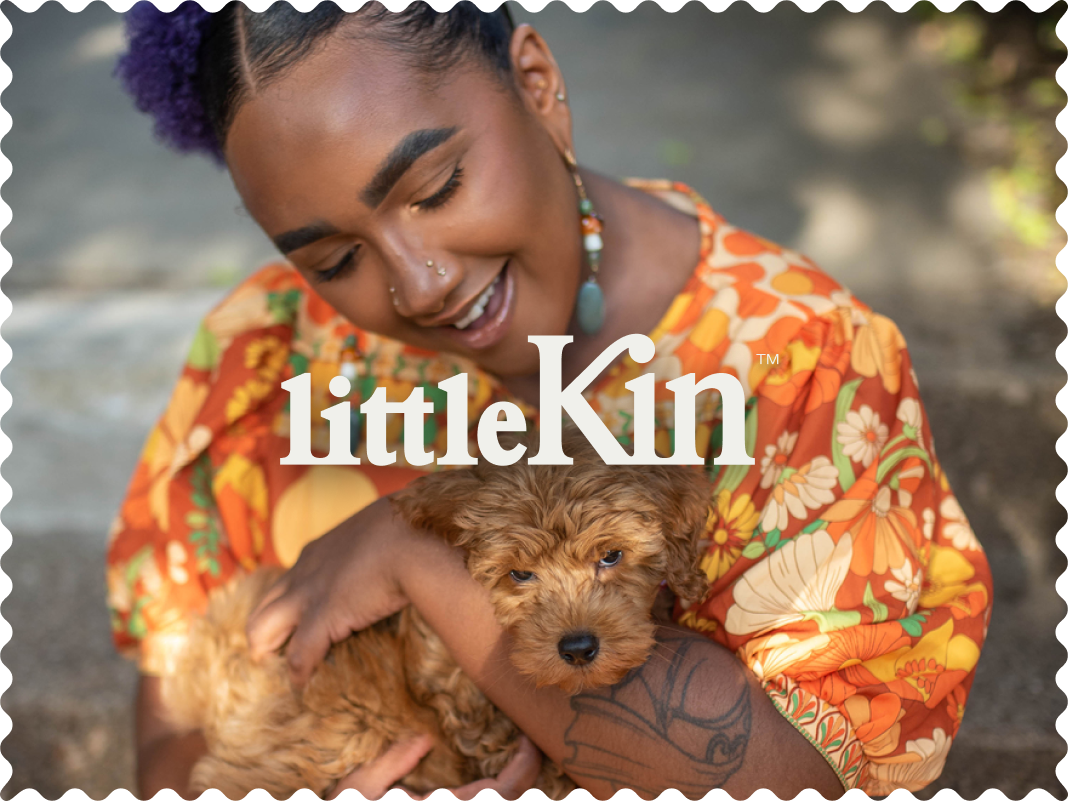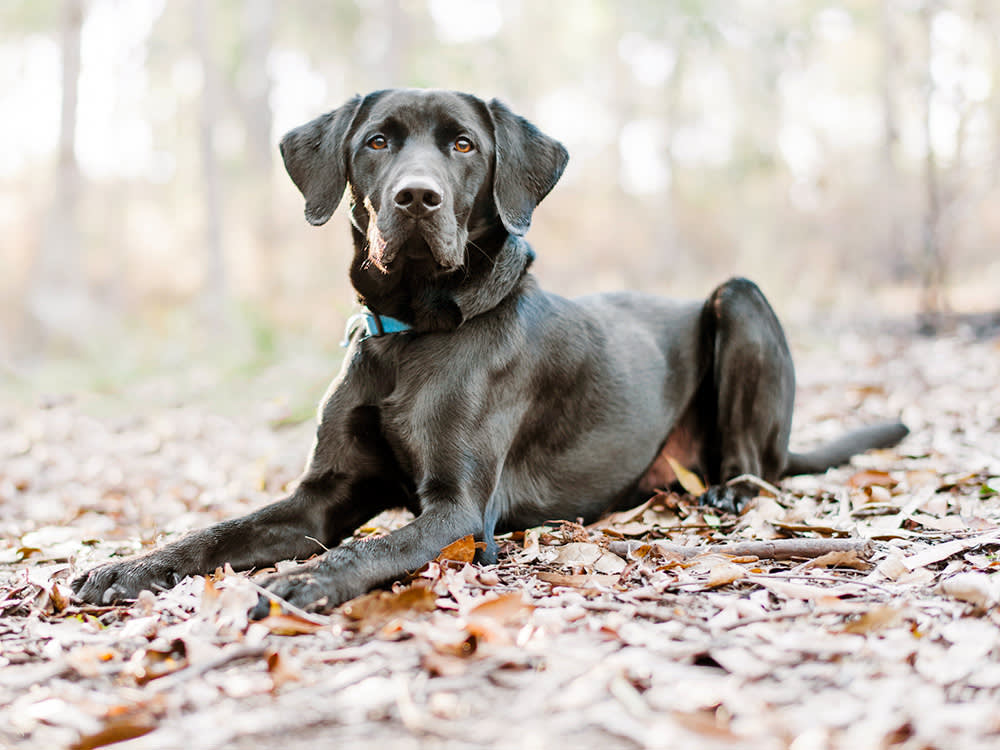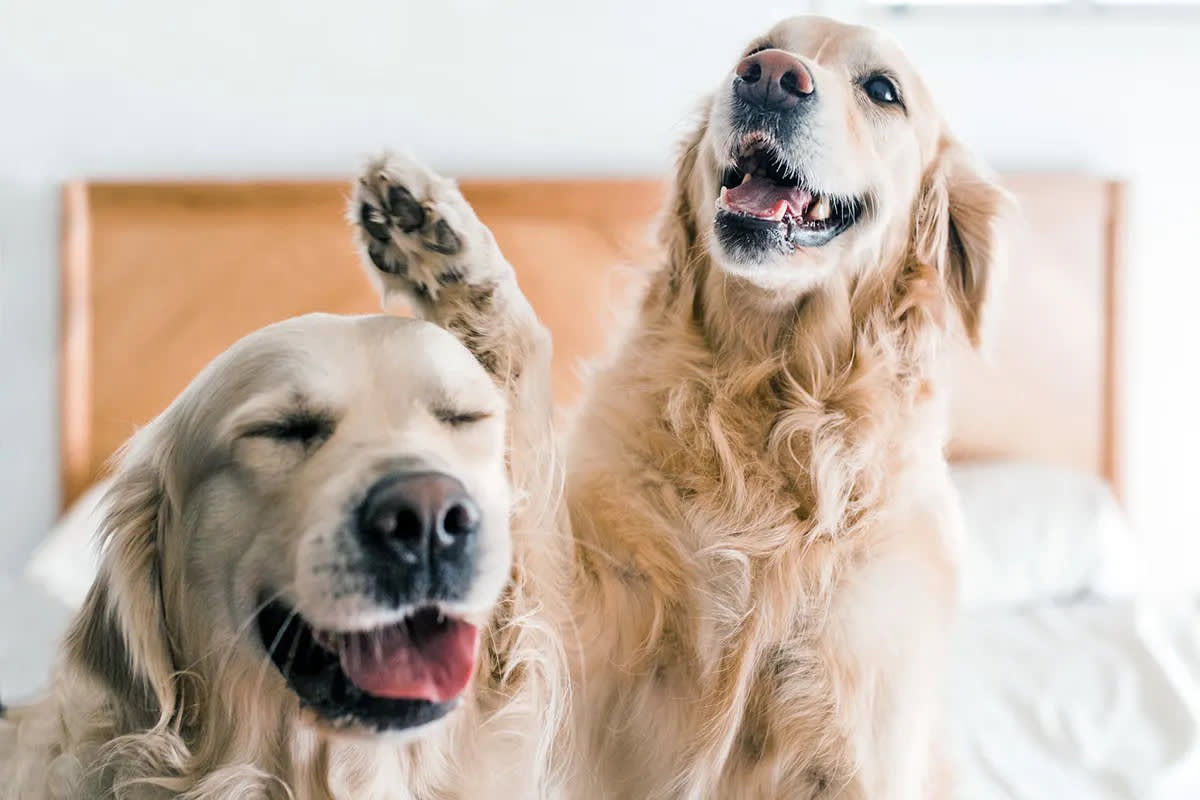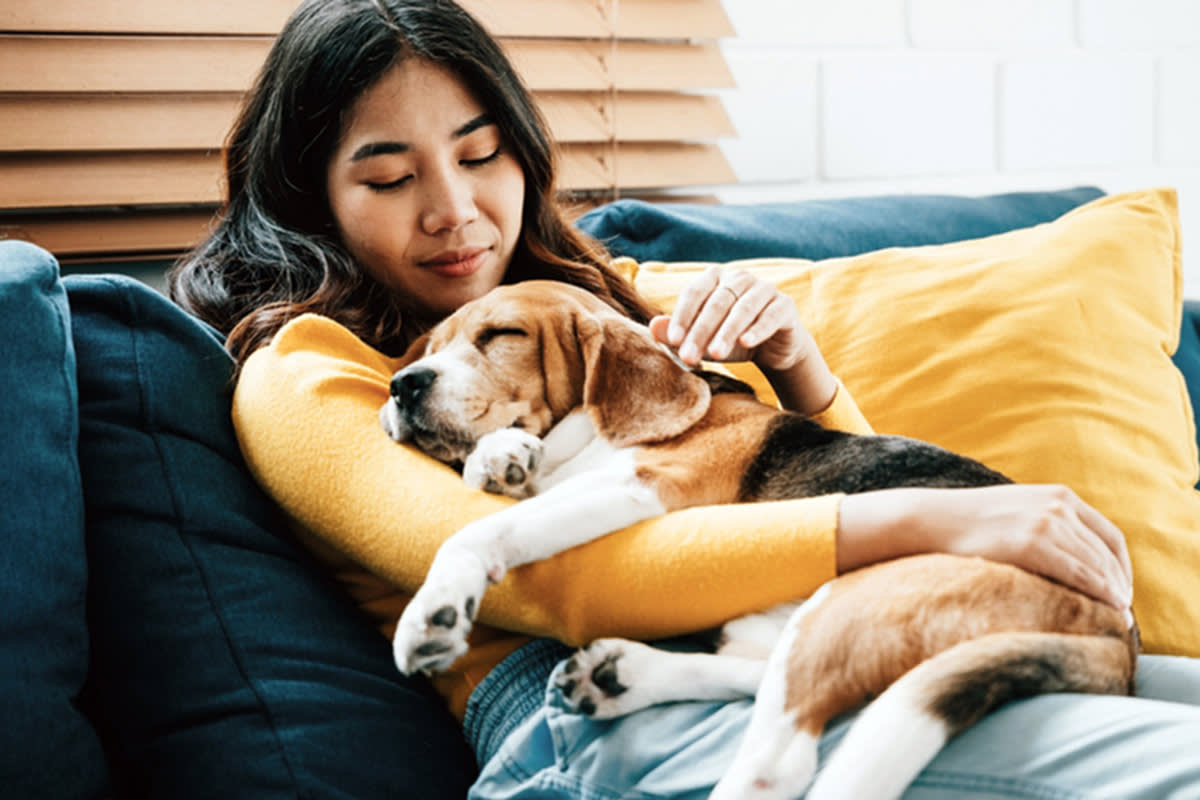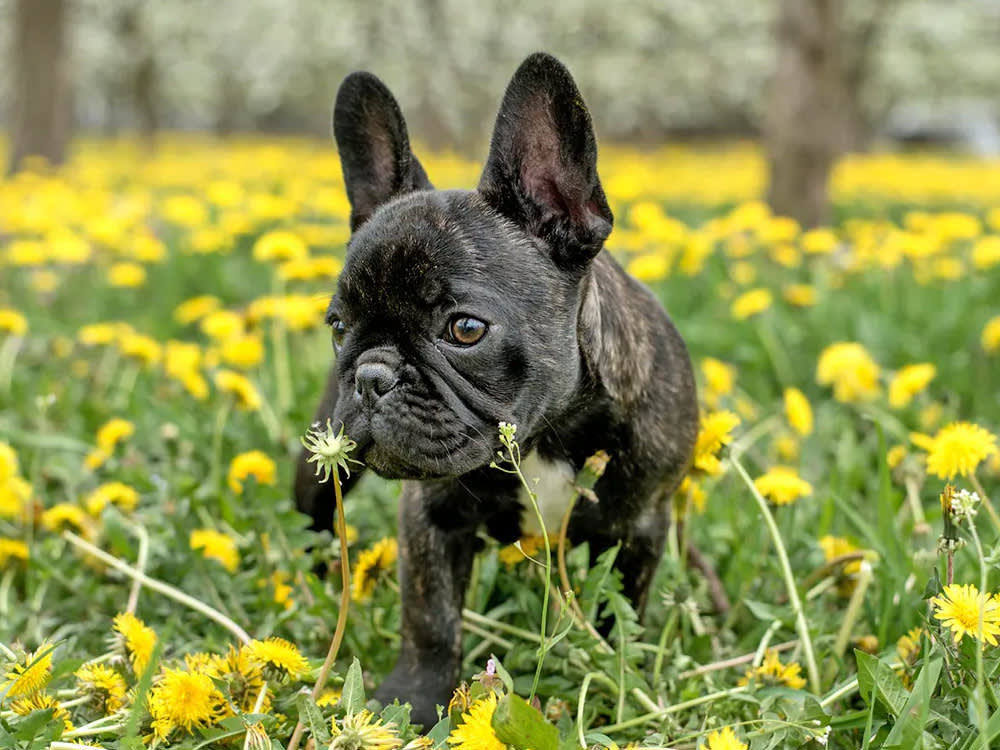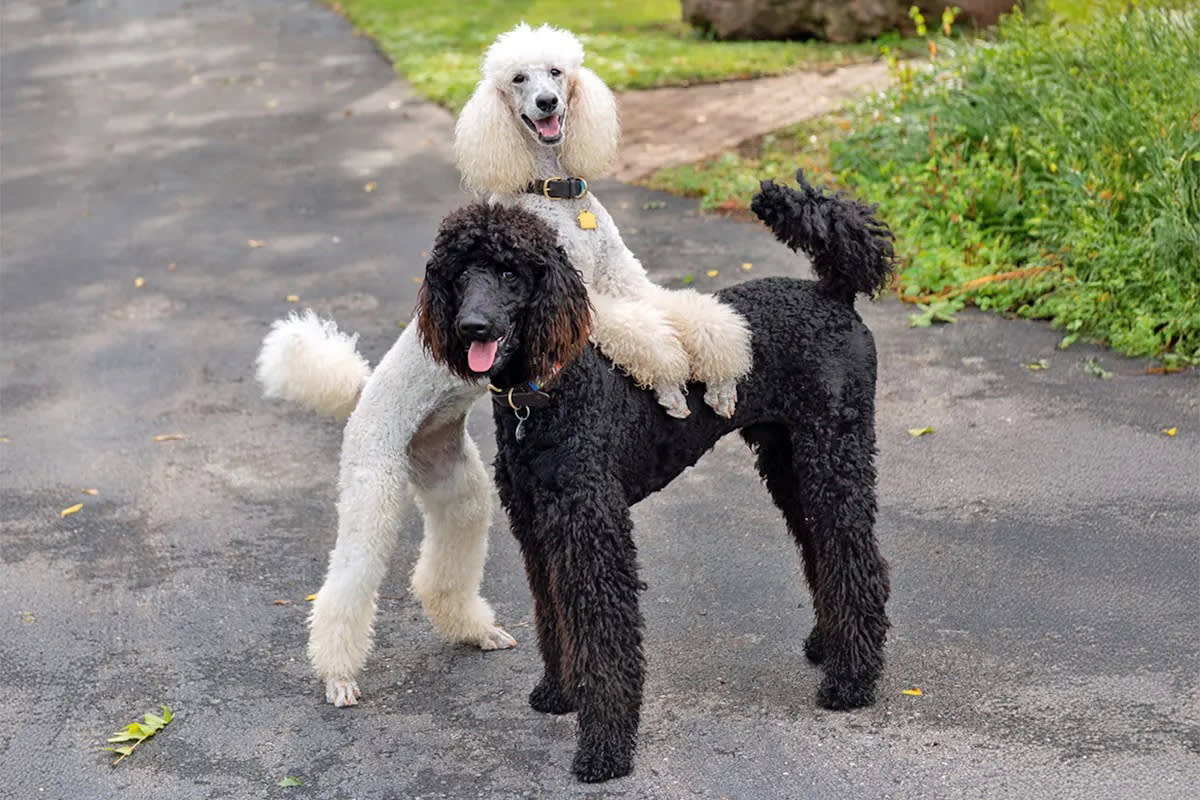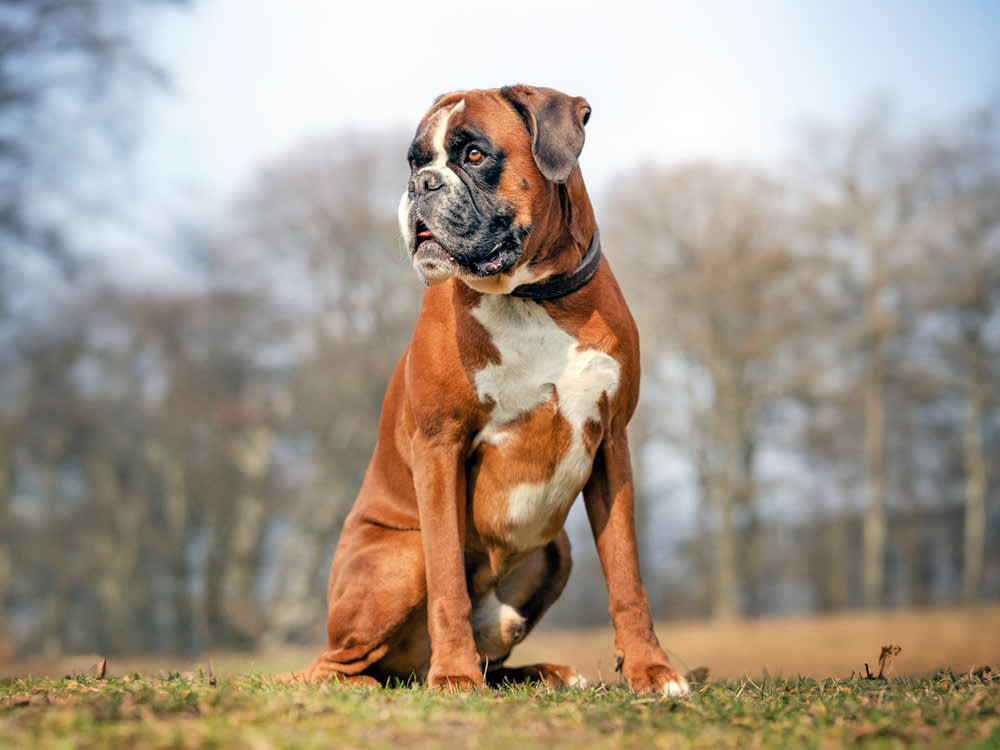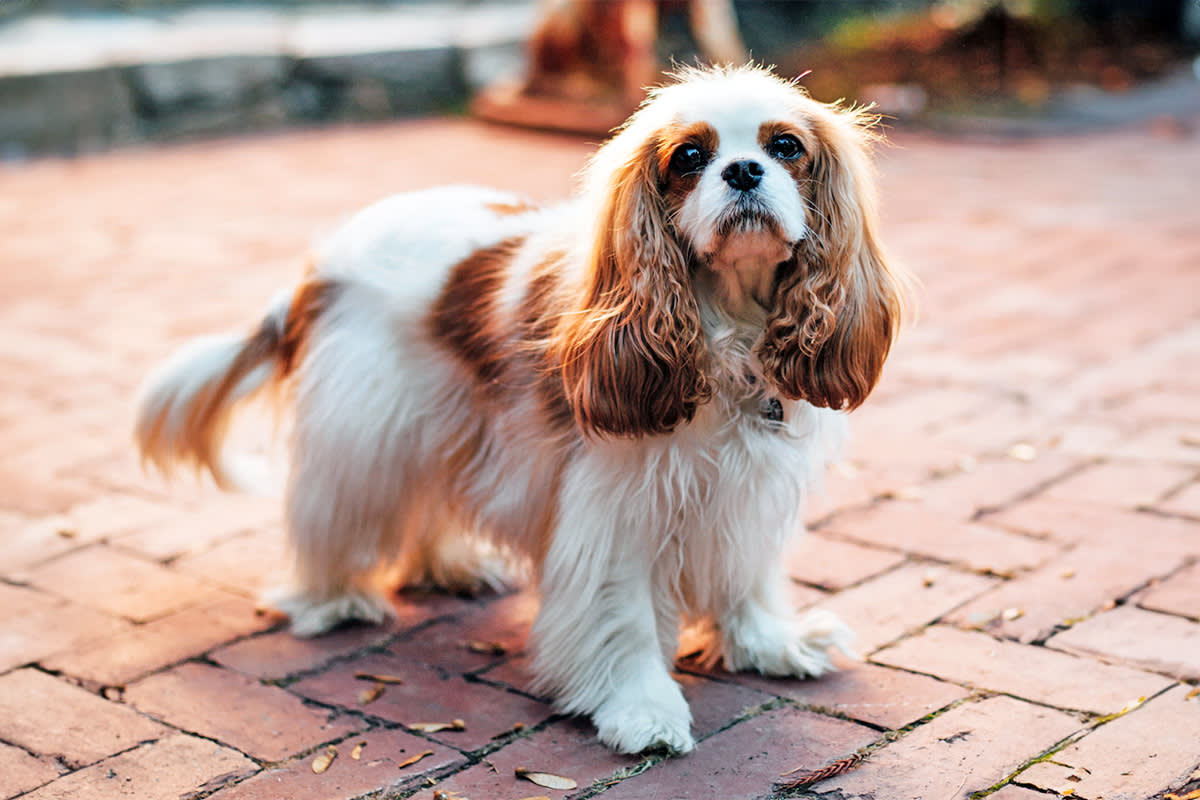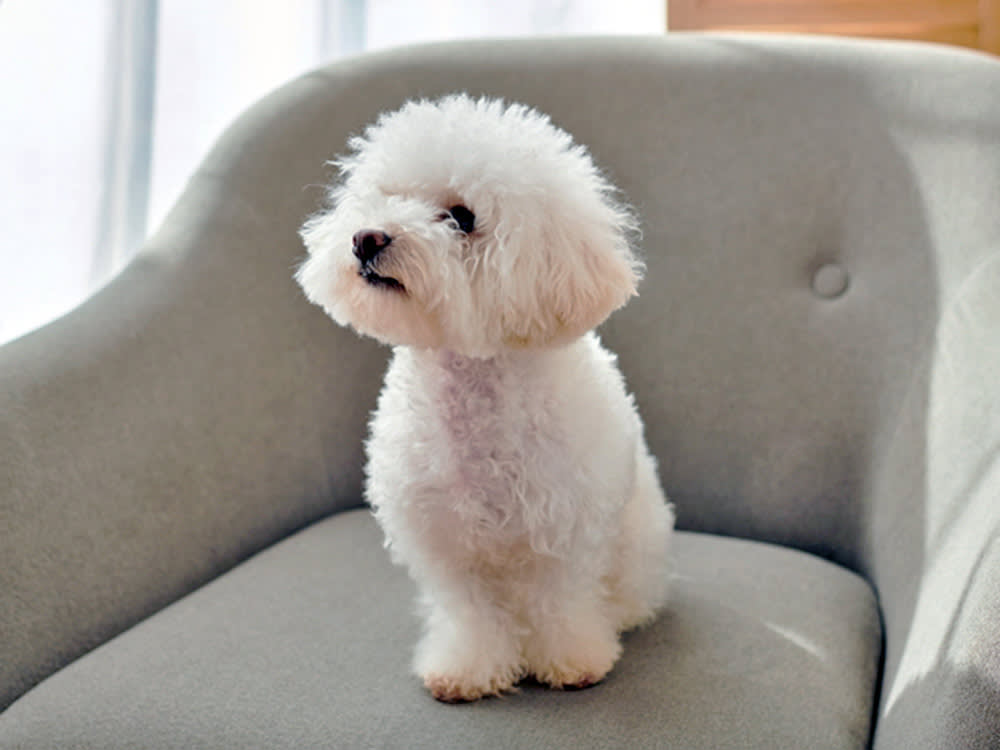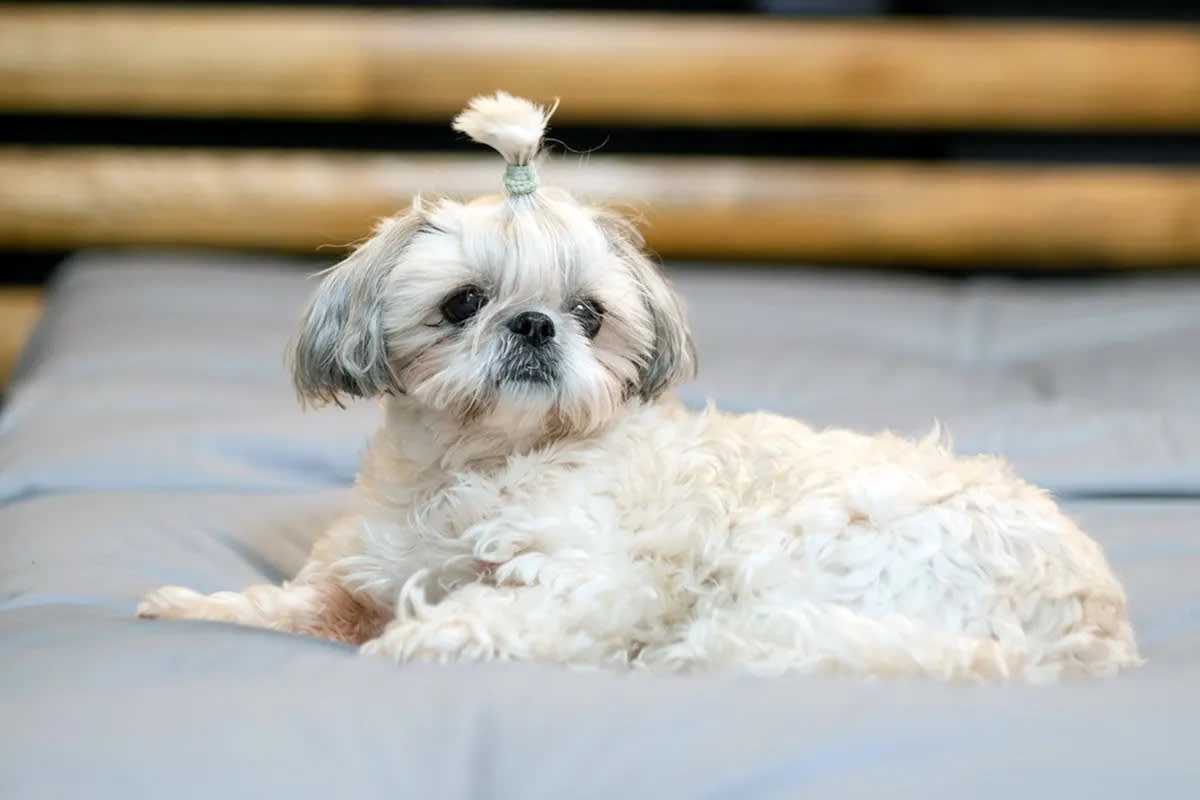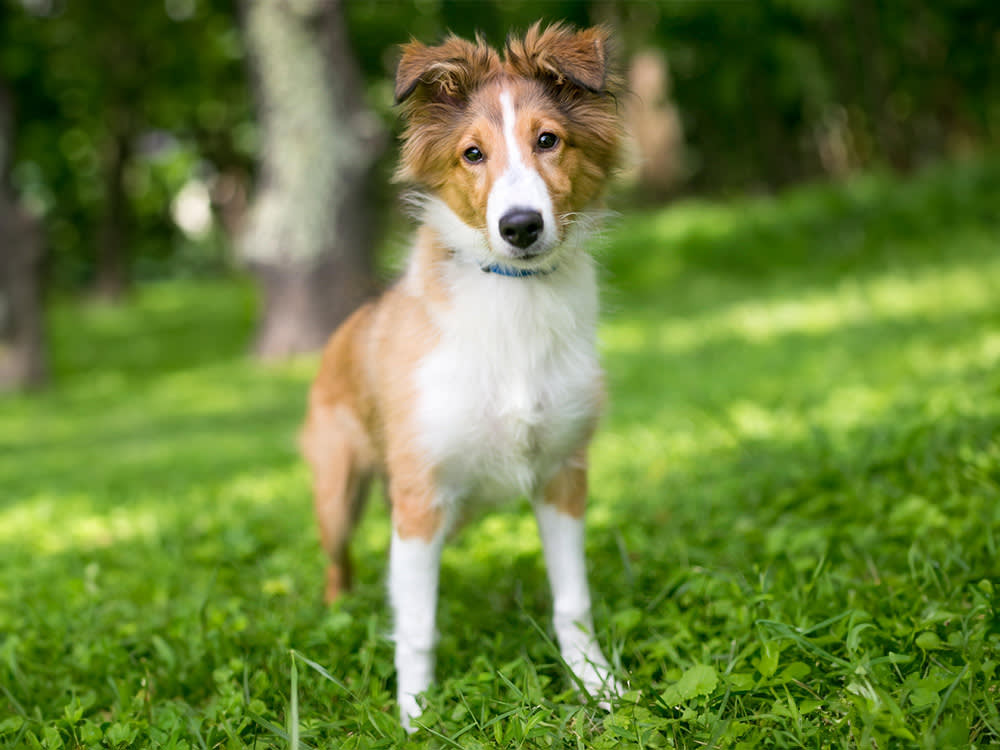10 Best Dog Breeds for Kids That Make Great Family Pets
Consider these pups for any house with kiddos.
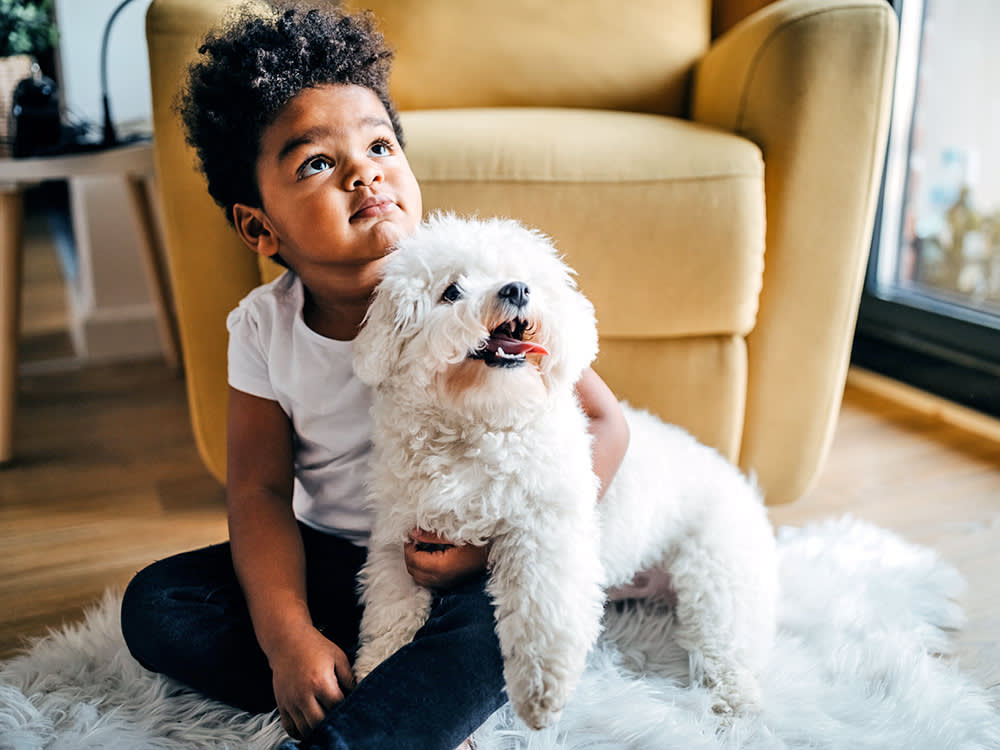
Share Article
In This Article:
What Makes a Dog Breed Good For Kids 10 Dog Breeds That Are Great For Kids Frequently Asked Questions
Raising children with dogs is a rewarding experience for all involved. Dogs teach children empathy and responsibility. With time and trust, a lifelong bond can develop between a young child and a dog. When my children were young, family dog walks were a big adventure.
Now that they’re teenagers, walking the dogs is still something they like to do. And while some of my texts meet radio silence, photos of the dogs’ antics at home during the day always get a response and keep us connected.

What makes a dog breed good for kids
My first dog, Grendel, a large American Pit Bull / Terrier-Rottweiller cross, was so patient when my small children climbed on her brindle back that she became known as “the canine nanny.”
Dr. Julie Hunt, a veterinarian at Embrace Pet Insuranceopens in new tab, says a dog that’s good with kids will tolerate a small child climbing on them and tugging their ears, paws, or tail (though an adult should always supervise very young children). After Grendel passed, we rescued two mixed-breed puppies and had to be careful my four-year-old daughter didn’t squeeze them too hard.
The best family breeds are tolerant of children’s loud and boisterous behavior and won’t attempt to herd them when they run around the house. “In other words,” says Hunt, “it should be a calm dog, not an anxious one, and one that has a tolerant personality. And of course, the dog shouldn’t bite or snap at the child, even if the child has done something to provoke the dog.”
10 dog breeds that are great for kids
When choosing a family dog, consider your lifestyle. While dogs motivate us to get outside, if your family prefers long walks in a museum to long walks in the rain, sporting and hunting breeds won’t be a good fit because they need a lot of exercise, regardless of the weather.
If you live in an apartment, you might want a breed that thrives in small spaces. Many of the breeds listed below are not only good with kids but also good breeds for first-time pet parents. Please note that a few of these breeds are brachycephalic (flat-faced) breeds and need special considerations when it comes to their exercise and medical needs. If you adopt one of these breeds, please always consider their specific care and speak to a vet. Please also consider rescuing any of these breeds instead of going to a breeder; shelters are overcrowded, and purebred rescues exist exactly for this reason.
Labrador Retriever
There are many reasons why “Labs,” as they’re known, are such popular family dogs. They’re energetic and playful and get along well with adults and children. While their retriever instincts might prompt them to steal toys from children, they love playing with kids, Hunt says. “Large enough to tolerate some climbing and clinging, this large breed is generally intelligent and easy to train if well-socialized during puppyhood and early adolescence,” she says.
Golden Retriever
“Goldens,” another large breed, epitomize the image of the classic family dog. They’re gentle, calm, and friendly towards everyone, including strangers. Like Labs, they’ll steal kids’ toys but their playful nature more than compensates for that. “The Golden is intelligent and wants to please its owners,” Hunt says. Goldens also rank among the breeds that are easiest to train.
Beagle
Beagles are intelligent, small- to medium-sized dogs bred for hunting rabbits. Because they’re hounds, they can be vocal and will bark to let you know when they want something or when someone’s at the door. But, Hunt says, they are generally easy to train and as long as they’re well-socialized, their natural affection and playfulness makes them a good breed for children.
Bulldog breeds
Bulldogs (French, English or American) share common characteristics and tend to be friendly, affectionate and calm. French bulldogs can be quirky but are social and playful, Hunt says.
English bulldogs are known for being sweet and easy-going. “American bulldogs are bred more for hunting and guarding, so they can be independent and strong though they also make good family dogs as long as they’re well-socialized early in life,” Hunt says.
Poodle
First, a Poodle tutorial: The terms toy, mini, and standard refer to a Poodle’s size, with personality traits varying according to size. Toy Poodles are 10 inches high at the shoulder. They’re energetic but also gentle and quiet, which makes them suitable for children, Hunt says.
Miniature Poodles are between 10 and 15 inches at the shoulder. They’re active, intelligent and respond well to training, Hunt says. Standard Poodles measure 15 inches or more at the shoulder. “Historically used to retrieve hunting kills from water, Standard Poodles are intelligent and calm, making them very suitable for a home with children,” Hunt says.
Boxer
The Boxer is a large, muscular, short-haired dog originally bred for hunting larger game. “Their personality is energetic and playful, and in a family home, they are loyal and affectionate,” Hunt says. “They generally like to play with children in the home and are tolerant of a child’s antics without becoming upset, making them an ideal family pet.”
Cavalier King Charles Spaniel
The Cavalier King Charles Spaniel was bred as a lap dog and prefers snuggling to just about anything. It likes to play and go for walks, but it excels at snuggles. For children who are afraid of larger dogs or boisterous dogs that may knock them over, Hunt recommends a Cavalier. “They are sweet, gentle and affectionate, so they typically do well with children,” she says.
Bichon Frisé
The Bichon Frisé (bee-shawn free-zay) is another good breed for families seeking a small dog. Bichon Frisé dogs are white and fluffy with cheerful and affectionate personalities ideally suited to family life. Intelligent and eager to make everyone around them happy, they’re typically not hard to train. The Bichon Frisé gets bonus points as a less-allergenic breed, but its wooly coat needs grooming every four to six weeks.
Shih Tzu
The Shih Tzu (sheed zoo) is a sturdy toy breed that originated in China. It’s characterized by its smushy-faced (brachycephalic) appearance and social, affectionate personality, Hunt says. “They love to play and cuddle, making them excellent family dogs,” she says.
Shetland Sheepdog
The Shetland Sheepdog, or ‘Sheltie,’ is a herding breed characterized by beautiful long, straight hair resembling a miniature Collie. Known for their intelligence and loyalty, they are gentle and quiet and like to please their owners. While their size and personality makes them a suitable family dog, Hunt says they might treat small children like sheep and herd them.
“Additionally, working breeds such as the Sheltie require a lot of mental and physical exercise every day to meet their needs, so if this isn’t possible, then a different breed may be a better choice,” she says.
Bottom line
Choosing a family dog is a big decision that requires research and thoughtful analysis of your lifestyle and living situation. Size, intelligence, temperament, energy level, budget, life span and predisposition to genetic diseases are all factors to consider. Whatever breed you choose, when you welcome a new dog into your family, you’ll be assured of unconditional love and lifelong lessons.
FAQs
What is the calmest family dog?
Hunts says it’s hard to name a single calmest family dog but points to the Cavalier King Charles Spaniel and some giant dog breeds including the English Mastiff. The American Kennel Club publishes a Breed Temperament Guideopens in new tab for researching breed characteristics.
What is the safest family dog?
Grendel weighed more than 100 pounds, looked intimidating and terrified my husband’s family long before our son was born. To reassure everyone including myself, I invested in pre-baby dog training complete with recordings of crying babies. After an initial period of adjustment that admittedly had me worried whether she’d be safe, Grendel accepted our son and became the consummate gentle giant.
Which is why Hunt hesitates to pinpoint a breed that’s safest because there can be significant variation among individual dogs. “The safest dog is one that’s been well-socialized since puppyhood,” she says. An adult should observe the dog’s interactions with a child or children extensively, especially if the children are very small. Further, once the child is old enough, ground rules should be established for the child’s interactions with the dog. Basic rules include not chasing the dog; not taking toys or food away from the dog; and never following a dog into their safe space (like a crate) or trying to remove them from their safe space. “[Parents] need to consistently monitor their child’s interaction with their dog to ensure that the dog is not feeling stressed or anxious during the interaction and to ensure that the child remains safe,” Hunt says.
What are some other breeds that might be good family dogs?
Many families enjoy the quiet energy and loveable clumsiness of giants breeds known as ‘nanny dogs.’ They include Newfoundland, Great Dane, English Mastiff and St. Bernard. “Giant breed dogs like the English Mastiff are essentially furniture!” Hunt declares. “They are active out in the yard, then come in the house and flop down to let the kids climb on them as they wish.” Because of their size, they can knock over very small children. Like every dog, large and small, they need to be trained, socialized and supervised to help prevent unsafe interactions with children.
Hunt also recommends a dog like Grendel. “Some people will shake their heads and tell me I’m crazy to put a fighting breed on the list, but [American] Pit Bulls are only fighting breeds when taught to do so,” she says. “They are very patient and tolerant with children. They love to play with kids and make an excellent companion dog for kids.”
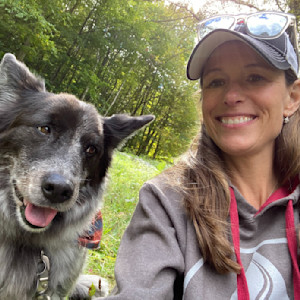
Catherine Fahy Green
Catherine Fahy Green is a journalist turned copy and content writer. As a pets writer, she focuses on and is fascinated by animal body language because there's so much to learn from and about animals by spending time in their presence and observing their physical cues.
Her work as a PR specialist appears in national trade media as press releases and stories about exciting new products people should try. She lives with her family in Western Massachusetts, where she listens closely to the stories her two dogs, flock of chickens, and four horses tell her. She spends her weekends at horse shows with her daughter.
